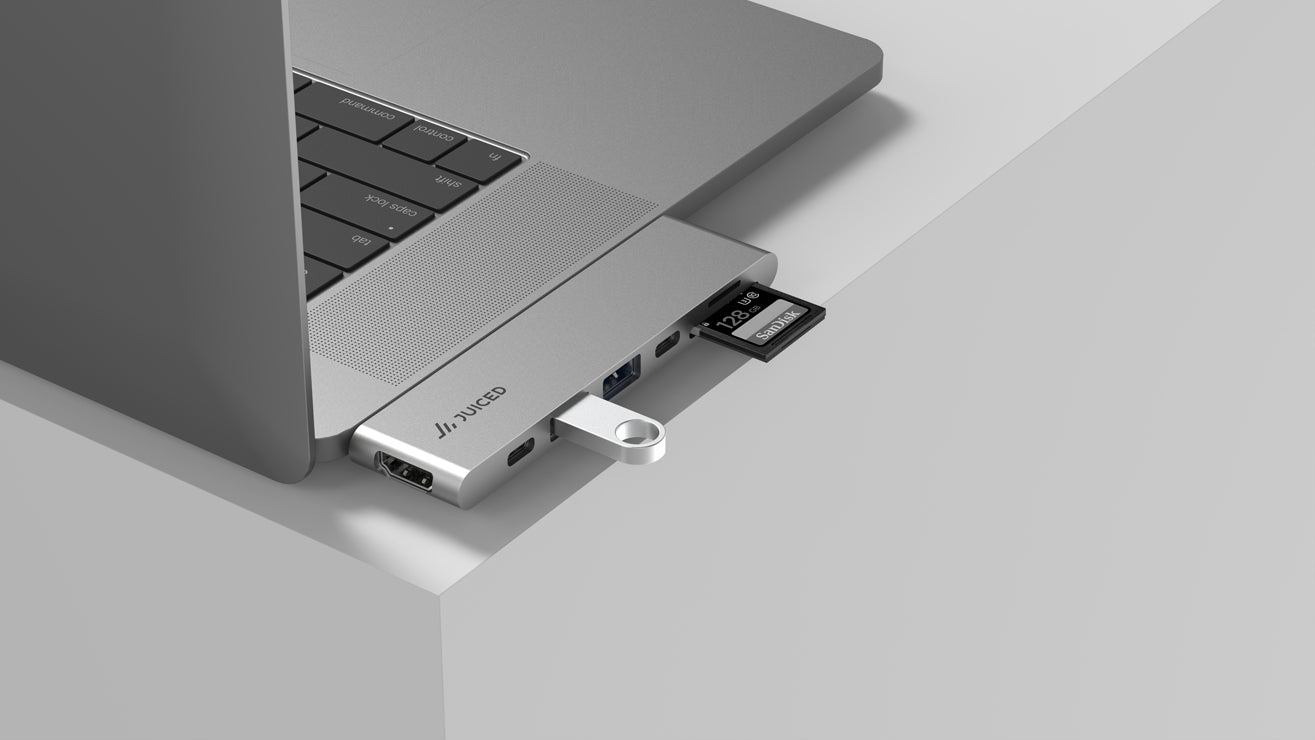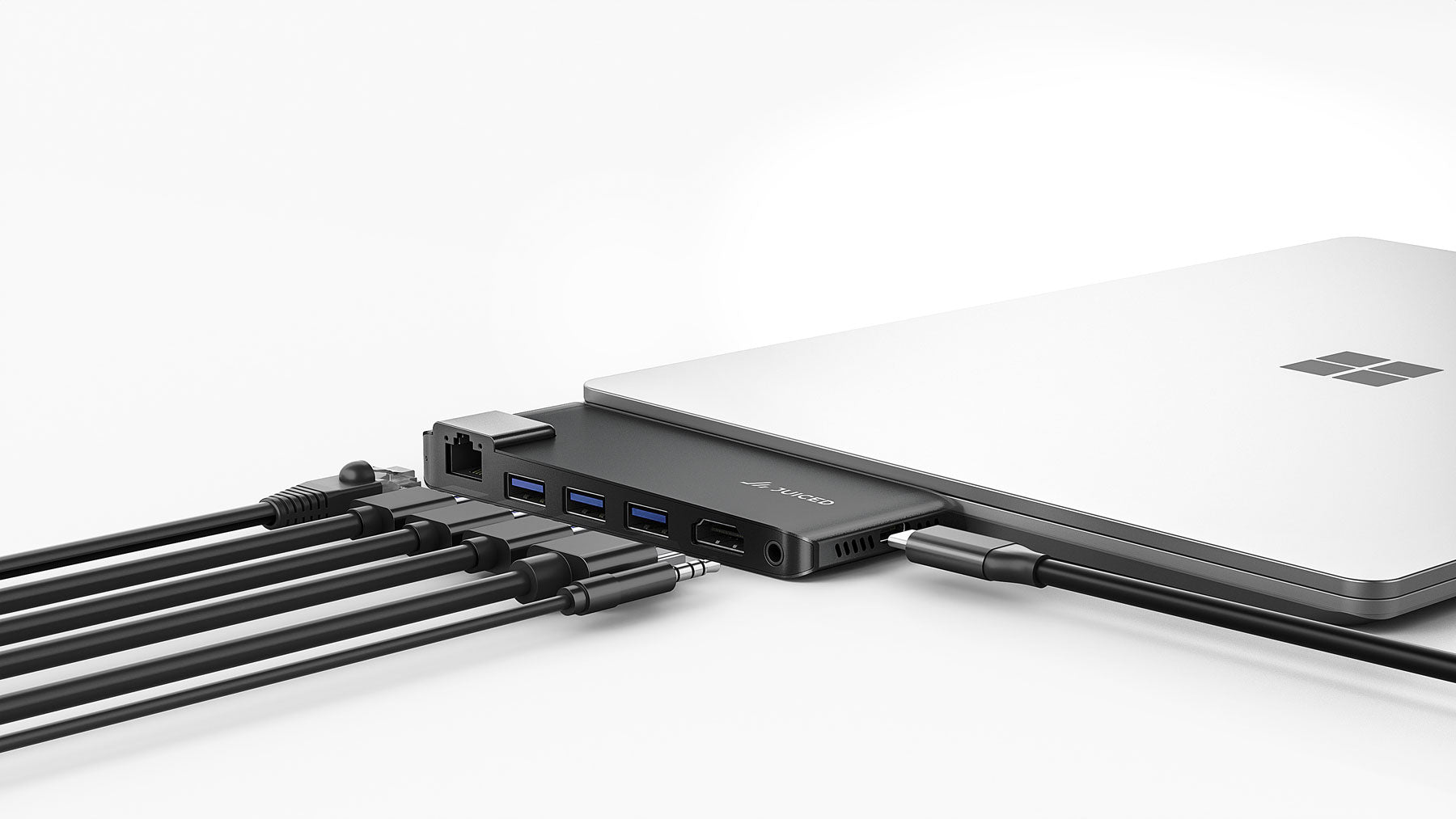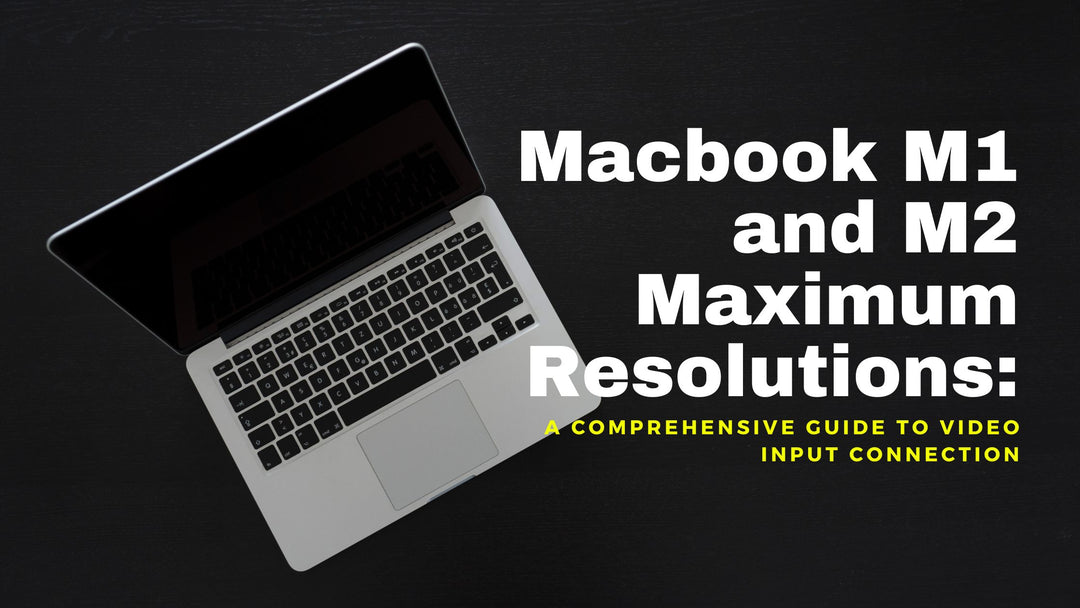What is Bluetooth Low Energy? [2023]
What Is Bluetooth LE Audio?
Bluetooth has been around for over two decades, becoming a standard technology for allowing wireless communication and data transmission between devices. But what can Bluetooth do for audio applications?
Bluetooth Low Energy (BLE) is a wireless technology used to connect smart objects such as smartphones, tablets, wearables, fitness trackers, home appliances, cars, drones, robots, and smart cities. BLE can transfer data between these devices without requiring an internet connection. It was developed by the Bluetooth Special Interest Group (SIG).
What's the difference between Bluetooth and Bluetooth LE Audio?
Bluetooth is a protocol used in wireless communication, and Bluetooth LE Audio is one of several protocols that make up the broader category. While there are many different types of Bluetooth devices out there, most of them fall into one of three categories: headsets, speakers, and smart home hubs. As the name implies, Bluetooth LE Audio is meant for use with headphones, speakers, and similar devices.
The biggest difference between Bluetooth and Bluetooth Low Energy Audio is that Bluetooth is designed primarily for short-range connections, whereas Bluetooth LE Audio is built to handle long-distance transmissions. Bluetooth is best suited for connecting two devices within about 30 feet of each other, whereas Bluetooth LE Audio can send data over distances of hundreds of meters.
In addition to being able to transmit music, Bluetooth LE Audio can also be used to transmit voice calls and text messages. And because it uses very little energy, Bluetooth LE Audio can work even in areas where cellular signals don't reach.
New Features You'll Get with Bluetooth LE Audio
Bluetooth Low Energy (BLE) Audio is not just about improved power efficiency, it also brings some exciting new features, like the ability to stream music wirelessly from your phone to your speakers. Bluetooth LE Audio improves upon existing Bluetooth audio standards, including allowing you to connect multiple devices at once making audio sharing a hassle free.
Connect to Multiple Sources Simultaneously
Bluetooth Low Energy (BLE) is an extension of the Bluetooth technology. Bluetooth LE allows devices to communicate wirelessly using small amounts of energy. This means that devices can operate for longer periods of time before recharging. Bluetooth LE also supports low latency connections, meaning that the connection will not drop out if there is any delay in transmitting data. Bluetooth LE is designed to provide connectivity for short range communications. Devices that use Bluetooth LE may need to stay within approximately 30 feet of each other.
With the advent of 5G networks, we will see a massive increase in bandwidth. This means that streaming video and music will become even easier, and your smartphone will never run out of battery again. You will also be able to stream high quality audio at higher volumes, making it possible to hear conversations while commuting, working out, or listening to podcasts.
Connect One Source to Multiple Bluetooth Devices
You can also listen to music from multiple sources simultaneously using multi-stream audio devices. For example, if you're listening to Spotify while your friend streams music through his phone, both songs will continue playing together. You'll be able to hear them even though you're not connected to either device.
Bluetooth Low Energy (BLE) technology allows devices to communicate wirelessly at very low energy levels. Bluetooth LE audio enables users to stream music directly from their mobile device to any Bluetooth enabled speaker. No cables required!
Broadcast Bluetooth Audio Like WiFi
Bluetooth Low Energy (BLE) is a low energy version of Bluetooth technology. It allows devices to communicate wirelessly at very short distances, usually less than 10 meters. Bluetooth Low Energy is designed to replace wired connections, especially those that require batteries. Bluetooth Low Energy devices can be small enough to fit inside mobile phones, wearables, sensors, smart watches, fitness trackers, and other electronic devices. Bluetooth LE will enhance your audio experience.
If you're looking to watch movies or play games while traveling, you might not need to worry about someone else listening in. With the right equipment and software, you can create private streaming channels that let you hear what you want to see or hear. For example, you could turn on your laptop and listen to music while watching Netflix in another room. Or you could plug your headphones into your phone and listen to your favorite podcast while taking a walk around town.
Better Accessibility for People with Hearing Loss
Bluetooth Low Energy Audio technology will allow hearing aids to connect to any device that has Bluetooth 4.0 capability. This includes mobile phones, tablets, laptops, smart watches, fitness trackers, speakers, headphones, etc. Hearing aids will also be able to connect to each other, allowing users to hear each other clearly across rooms.
Bluetooth Low Energy LC Codec
Q: How does LE Audio compare to other audio codecs? A: LE Audio supports all existing formats, including AAC, MP3, Ogg Vorbis, FLAC, WAV, Opus, and HE-AAC, plus several emerging formats, including DSD64, DSD128, and DXD. LE Audio also provides an optimized version of the HE-AAC format, enabling higher bitrates and lower latency while maintaining excellent audio quality.
Q: How does the LC3 codec compare to other low-power codecs? A: Compared to other low-power audio codecs, the LC3 codec provides similar audio quality and lower power consumption. For example, compared to the LMMS codec, the LC3 codec offers similar audio quality and consumes about half the power.
As a consequence, product developers focused on delivering the best audio quality will likely choose to implement LC3. Other developers focused on improving battery life will likely choose to implement the LC2 codec. Developers focused on both battery life and audio quality will likely choose an implementation that provides the best of both worlds.
Q: What is the purpose of the LC3 codec? A: The Bluetooth Low Energy LC3 codec is an audio compression standard designed specifically for use in wireless communications. Its purpose is to reduce the amount of bandwidth required to transmit voice conversations. The LC3 codec is defined by the Bluetooth Special Interest Group (SIG), a non-profit industry consortium dedicated to developing standards for short-range wireless technologies.
Q: What about other audio formats? A: Yes, we plan to support many different audio formats. We're currently working on adding support for AAC and MP4. Q: Does the new LC3 codec replace SBC? A: No, the new LC3 codec is an alternative to SBC. If you wish to continue using SBC, you'll need to switch to it once the new LC3 codec becomes available. Q: Will there be any changes to the existing SBC codec? A: Yes, the new LC3 will be backwards compatible with SBC. However, we've made several improvements to the SBC codec itself. For example, the new LC3 supports higher quality audio at lower bitrates, while still maintaining compatibility with legacy devices.
While Bluetooth LE Audio is being introduced with LC3, and support is mandatory, it will also be available as an optional codec for classic audio in the future.








